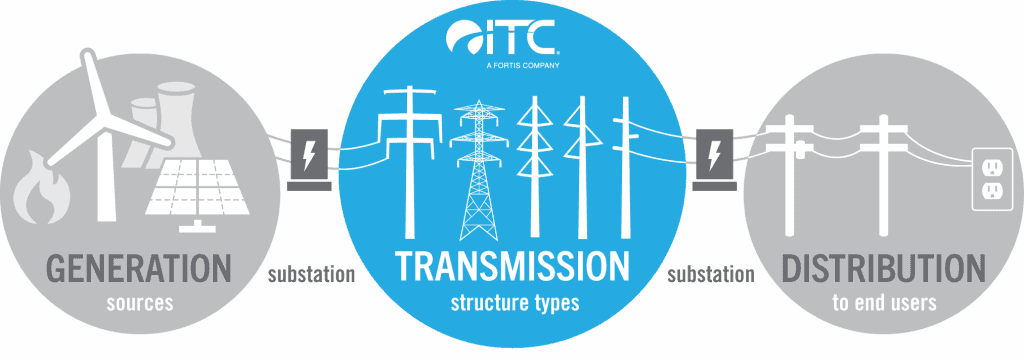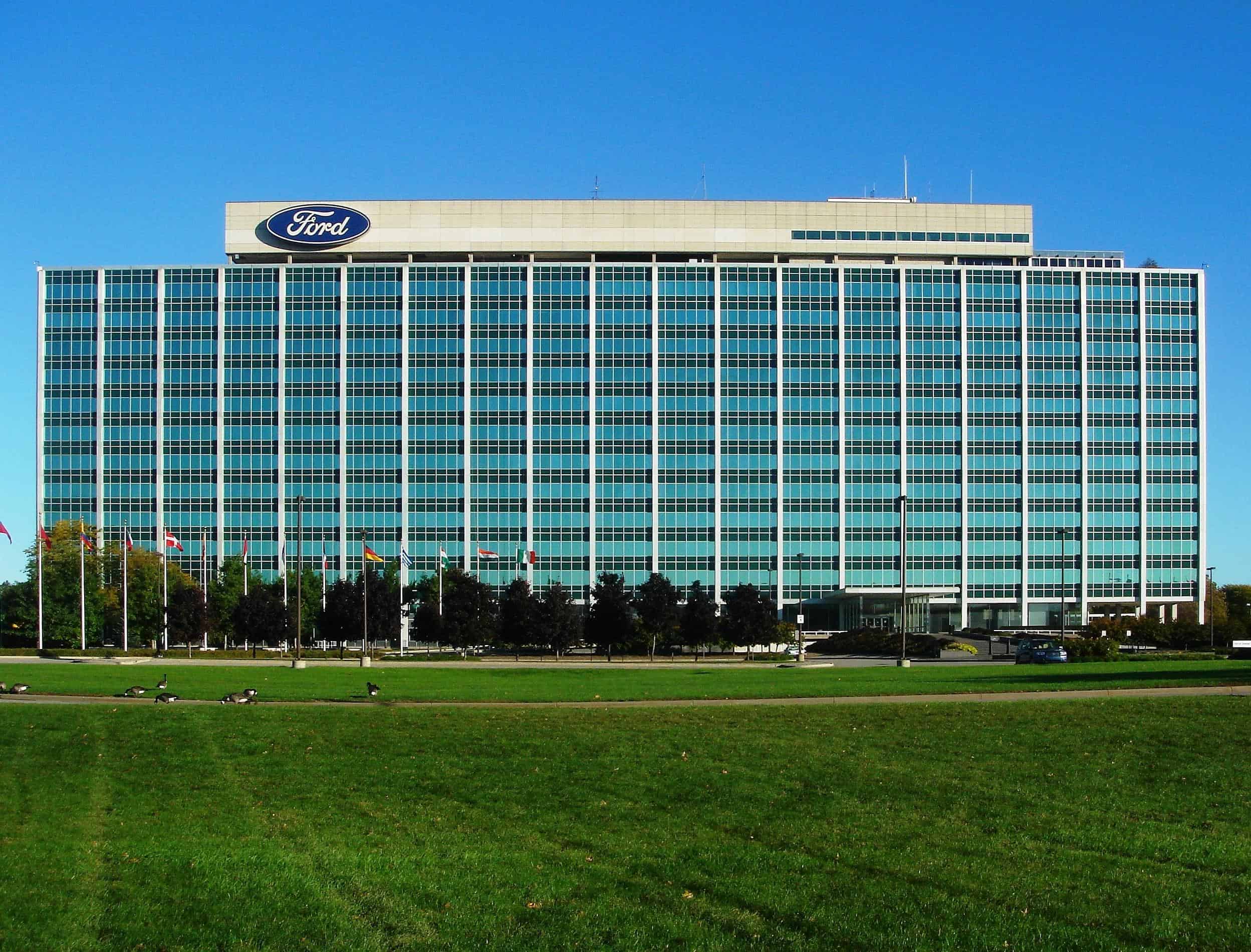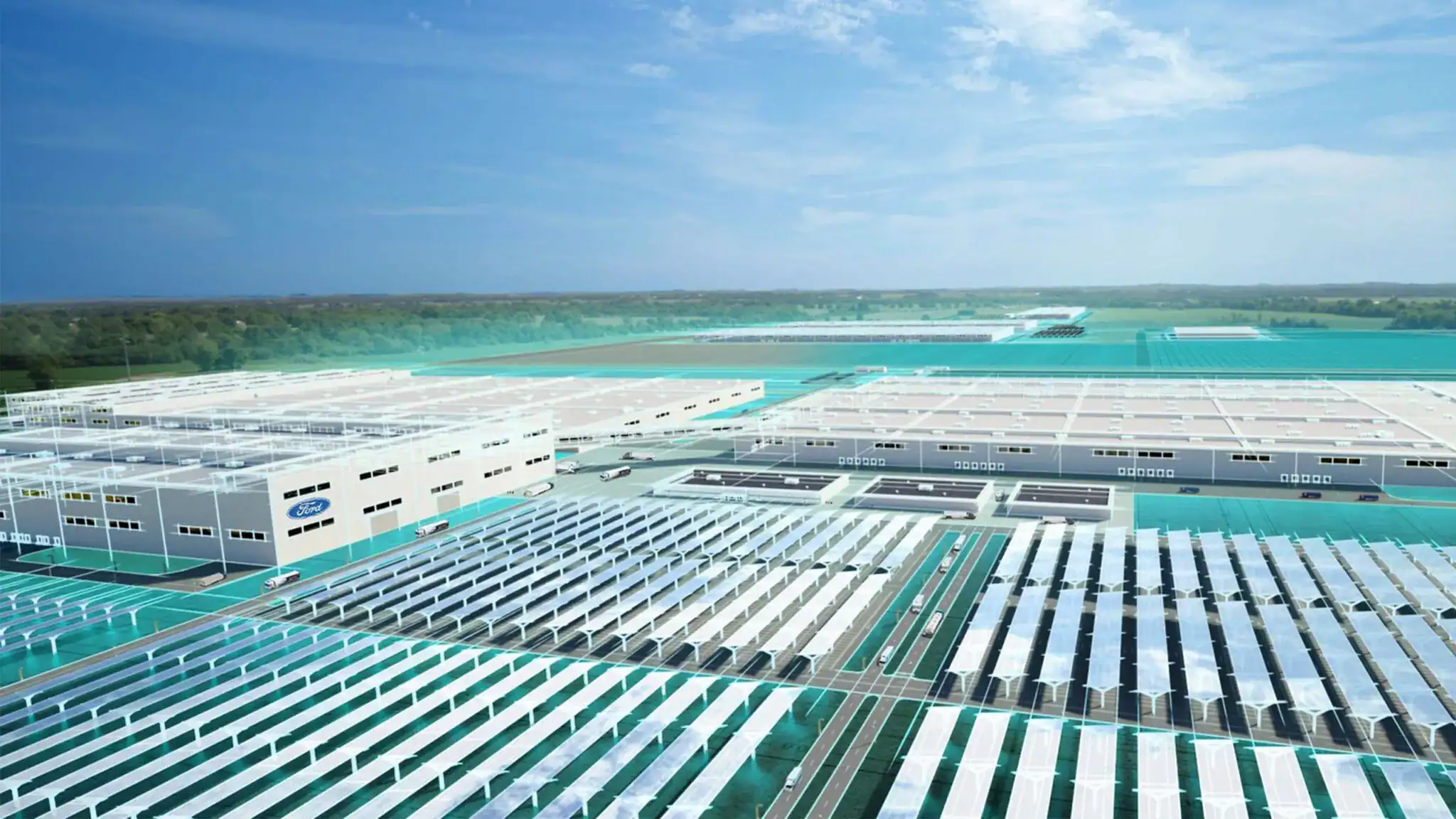Hype around hydrogen has been building in Australia since at least 2018. Every government has a hydrogen strategy. Hydrogen has been promoted as a replacement for our coal and gas exports, and even our major parties agree on its role in Australia’s energy transition.
In my previous job as a federal public servant, I worked with the then Chief Scientist Alan Finkel and state and territory governments to develop Australia’s first National Hydrogen Strategy.
We were excited by hydrogen’s seemingly endless possibilities, from replacing natural gas in homes to fuelling cars and trains, to an export industry to rival liquid natural gas. The strategy acknowledged considerable uncertainty around these potential uses, but urged governments to seize the opportunities.
Since we published the strategy in 2019, the world has changed. The European Union’s stimulus spending in response to the pandemic shifted the focus of industry development from Asia to Europe. Last year the passage of the US Inflation Reduction Act began pumping subsidies into industry development in the United States, too.
We also know a lot more about the logistics of hydrogen supply chains. Earlier hydrogen policy – such as Australia’s “H2 under $2” target, set in 2020 – assumed demand would magically appear when hydrogen’s production price reached parity with fossil fuels.
This assumption ignored the high costs of moving hydrogen from point of production to point of use, storing it, and switching to new assets that can use it.
Today we know more about where hydrogen might be used to decarbonise the economy. A 2020 Grattan Institute report found that rather than exporting hydrogen, Australia had an opportunity to use it to value-add to Australia’s largest export – iron ore.
To read more, click on Renew Economy






